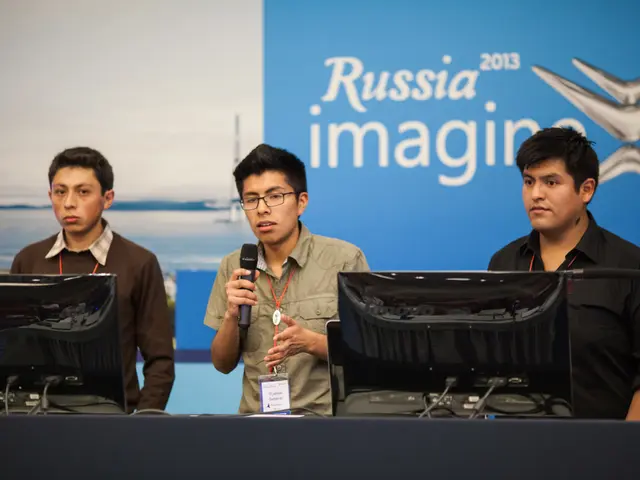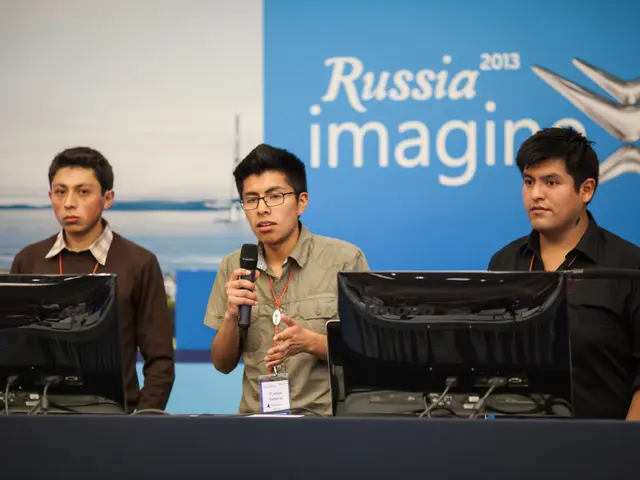Handling Exceptions in the C Programming Language
In the realm of programming languages, both C and C++ offer unique approaches to managing runtime errors. While C primarily relies on manual error handling techniques, C++ introduces a structured mechanism using try, throw, and catch blocks for graceful error management.
C++ Exception Handling
C++'s built-in exception handling provides a clean and maintainable way to separate error-handling code from normal code. The try block encloses code that may potentially throw an exception, while the throw statement signals an exception. The catch block, on the other hand, is responsible for handling the thrown exception.
This structured approach allows functions to throw exceptions they choose, enabling callers to handle or propagate them as necessary. Moreover, C++ supports throwing not only basic types but also objects, facilitating sophisticated exception hierarchies and categorization.
C Error Handling
In contrast, C does not have native exception handling constructs. Instead, it relies on return values, global variables like , and manual checks with if-else statements after operations to detect and manage errors. This approach intermixes error checking with normal code, making it less readable and harder to maintain, especially for complex error scenarios.
A Comparative Table
| Feature | C | C++ | |------------------------------|--------------------------|-----------------------------| | Built-in exception handling | No | Yes (try, throw, catch) | | Error signaling mechanism | Return values, | Throw exceptions | | Separation of error handling | Manual checks with if-else | Structured with try-catch | | Types of errors handled | Limited to return codes | Supports objects and types | | Propagation of errors | Caller must check return | Exceptions automatically propagate up call stack |
Best Practices in C++ Exception Handling
When using exceptions in C++, it's essential to adhere to best practices. These include avoiding using exceptions for regular control flow, catching exceptions by reference to avoid copying overhead, always catching exceptions by reference to a constant, catching specific exceptions to handle errors appropriately, ensuring exceptions are caught and handled properly to maintain stability, and using proper cleanup mechanisms such as RAII or finally blocks to release resources after an exception.
In the event that an exception is not caught by any catch block, the exception handling subsystem aborts the execution of the program by default. However, C++ also provides the ability to create a custom terminate handler using the set_terminate() function to change this behavior.
Rethrowing an Exception in C
Rethrowing an exception in C++ involves catching an exception within a try block and throwing it again to be caught by an outer catch block. This mechanism allows for error propagation up the call stack.
Catch by Reference vs Catch by Value
Catching exceptions by reference passes the reference to the exception thrown instead of creating a copy, reducing overhead. On the other hand, catching exceptions by value creates a new copy of the thrown object in the catch block. The main advantage of catch by reference is in catching polymorphic exception types.
In conclusion, C++ offers a more robust and reusable error handling mechanism compared to C, primarily due to its structured exception handling approach. While C requires explicit and careful manual checks, C++'s exception handling can help increase the reliability of programs and reduce the chance of missing errors or cluttering code.
References: [1] Stroustrup, B. (2013). The C++ Programming Language (4th Edition). Addison-Wesley Professional. [2] Lakos, J. (1996). Large-Scale C++ Software Design. Addison-Wesley Professional. [3] Meyers, S. (1997). Effective C++: 55 Specific Ways to Improve Your Programs and Designs. Addison-Wesley Professional. [5] Lippman, S., Lajoie, J., Moo, J., & Carr, R. (1992). C++ Primer. Prentice Hall.
In the context of programming languages, C++'s exception handling technology enlists try, catch, and throw blocks, which offer a more maintainable and organized approach to manage runtime errors, by separating error-handling code from normal code and supporting the throwing of not only basic types but also objects. On the other hand, C technology relies on a stack of manual error handling techniques, such as return values and global variables, which intermingles error checking with normal code making it harder to maintain.




